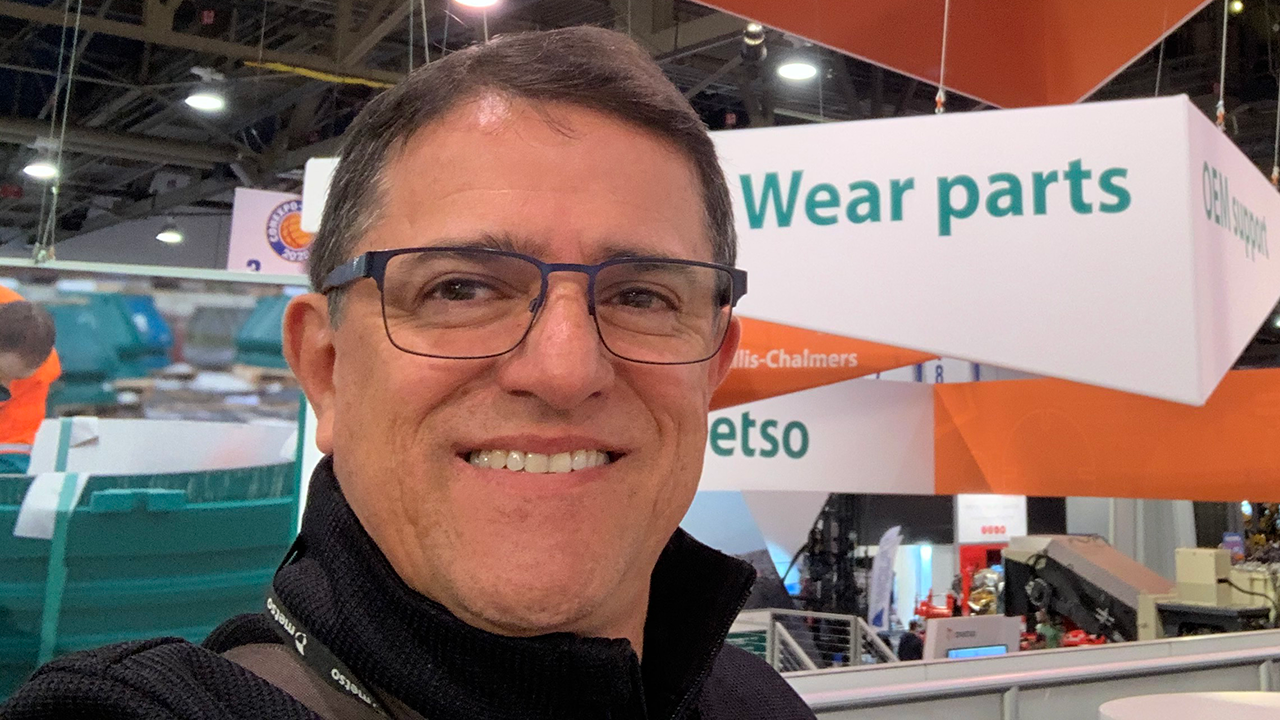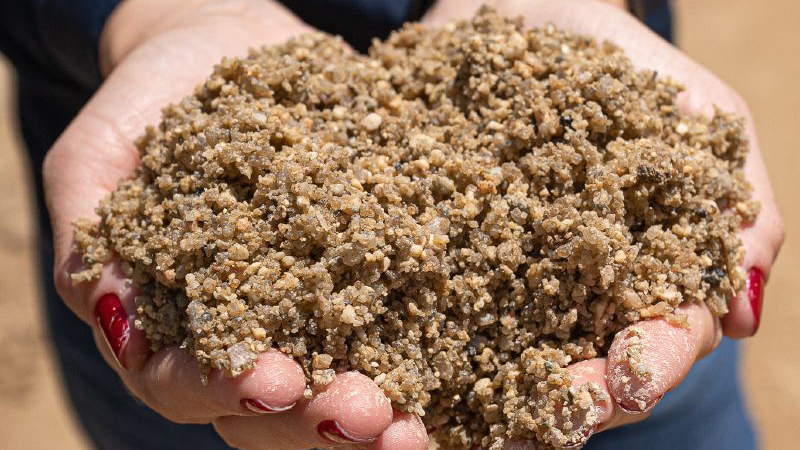Many challenges are associated with the use of natural sand
Sand is commonly used as a construction material because it’s affordable, easy to obtain and suitable for many purposes like producing asphalt, concrete or glass. Unfortunately, sand is often extracted illegally from rivers or marine environments. This has consequences, such as erosion in rivers and coastlines, and changes in the water’s PH levels. It also threatens marine fisheries, biodiversity and the availability of fresh water. When digging sand, the mud from the riverbed mixes with the water, which hinders animals’ food supply. As natural sand is exploited without concern for the wider environmental impacts, it has become a major global sustainability challenge.
Global aggregates demand is expected to increase to 60 billion tonnes per annum by 2030 because of megatrends like growing population, urbanization and economic growth. According to some forecasts, buildable sand may run out as early as the first half of this century. One might ask why we don’t use desert sand, which is plentiful. Desert sand doesn’t have the right shape: The grains are too round for industrial concrete purposes. In concrete, the grains must be sufficiently angular to better adhere to each other and make the material durable enough. What about sea sand? It’s possible, but sea sand must be washed first. Otherwise, salt rusts steel bar reinforce supports, making them brittle more quickly.
The numerous benefits of manufactured sand
Fortunately, sand can also be produced mechanically. The raw material for manufactured sand usually comes from bedrock and is produced in the same way as sand is formed naturally: The rocks are crushed and grinded into ever smaller pieces. With various types of crusher and the appropriate process design, depending on the application and the sand spec to be produced, cone crushers, HSI, VSI and HRC can be utilized to transform the stones into just the kind of aggregate required to meet the specified requirements.


